

Why an empty booth was my favorite exhibit at this year's NeoCon trade
source link: https://www.fastcompany.com/90761425/why-an-empty-booth-was-my-favorite-exhibit-at-this-years-neocon-trade-show
Go to the source link to view the article. You can view the picture content, updated content and better typesetting reading experience. If the link is broken, please click the button below to view the snapshot at that time.

Why an empty booth was my favorite exhibit at this year’s NeoCon trade show
Reseat isn’t in the business of making new furniture. Instead, it’s focused on giving old office furniture a new lease on life.
With 4 million square feet of floor space, the Merchandise Mart in Chicago was the world’s largest building when it opened in 1930. It even had its own zip code. Over the past three days, that same building was abuzz with the 32nd biennial NeoCon trade show, highlighting new office products from more than 400 brands.

NeoCon is one of the world’s biggest trade shows, so I knew what to expect when I first walked through the building’s gilded doors. But on the seventh floor, amid a sea of products, was one virtually empty booth. The outline of a chair was stamped on the floor, and a logo stretched across the back wall: Reseat.
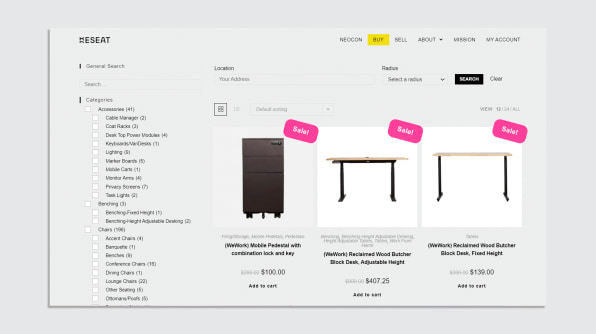
It’s a surprising contender for a trade show that relies on novelty, but Reseat’s booth stopped me in my tracks precisely because it wasn’t like the others. I’m not saying that every furniture company should follow suit and stop making new products altogether, but Reseat’s model certainly offers a refreshing alternative.
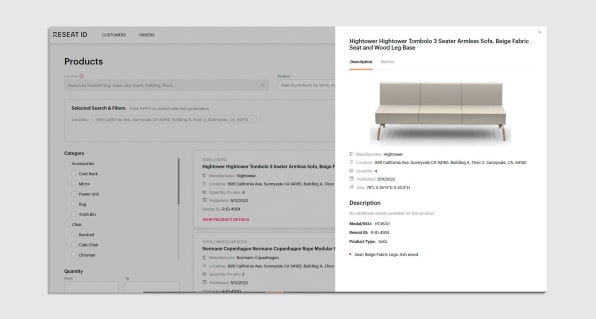
“It’s furniture that’s built to last decades and decades, and most of the furniture isn’t even seeing one decade and it’s being thrown away,” says Brandi Susewitz, Reseat’s CEO. In the Bay Area, she notes the cost of removal for one 6-by-8-foot workstation averages $200. Scale it up and you have what she says Macy’s removal budget was for one of its five-floor corporate offices in downtown San Francisco: $280,000.
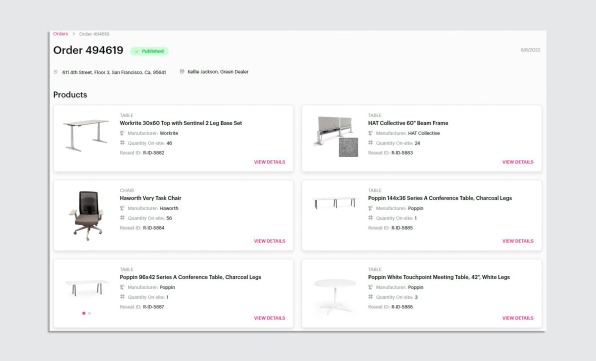
Now Reseat is launching a membership-based upgrade that lets companies sell or donate their furniture on a user-friendly dashboard. Crucially, it also lets clients know what furniture will be available months in advance, so designers can quote them in upcoming projects, and dealers can plan ahead.
Depending on how involved a company wants to be with selling and coordinating the move, it can get between 30% and 70% of the sale price; Reseat gets the rest. (Perhaps the biggest catch is that secondhand furniture doesn’t come with a warranty, but Susewitz says clients can visit and inspect the furniture in person, which helps alleviate some of those concerns.)
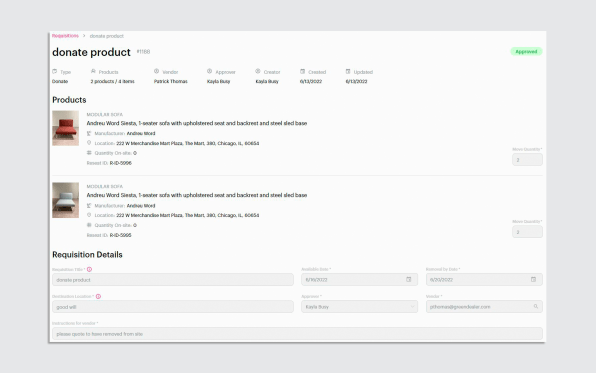
Broadly speaking, the furniture resale market is booming, and analysts predict it will hit $16.6 billion in sales by 2025, a 70% increase from 2018. At NeoCon, though, the resale market seemed like a distant dream. On every floor, I watched brands racing to share their hot, new, seemingly unique take on hybrid work. But every new object that’s produced comes with its own carbon footprint, so if we’re going to design, and manufacture, and market new products every year or two, then they must improve on existing products, and do it in sustainable ways. (And for the love of everything, please bag the conference swag.)

Italian furniture brand Arper reimagined its famous Juno chair, originally made of plastic; “Juno 02” comes in six new colors, but it’s also made of 70% postindustrial recycled plastic.

And Carnegie unveiled the world’s first bio-based outdoor textile. When I ran my fingers through the fabric, it felt and sounded surprisingly plastic-like, yet more than 85% of the material is made from sugarcane—a more sustainable alternative to the oil-based polyester in most outdoor textiles. Free of chemical coatings or toxic dyes, the material is both water and UV resistant, and can apparently withstand bleach cleaners.
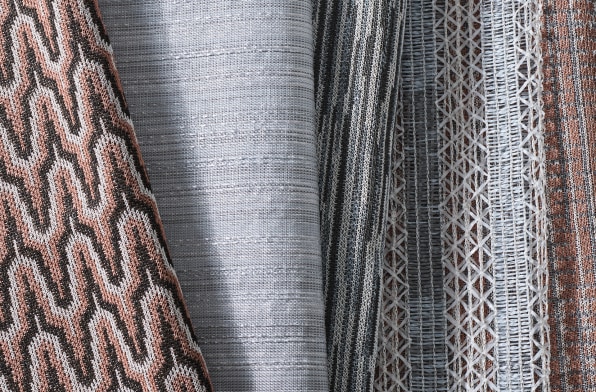
Recommend
About Joyk
Aggregate valuable and interesting links.
Joyk means Joy of geeK